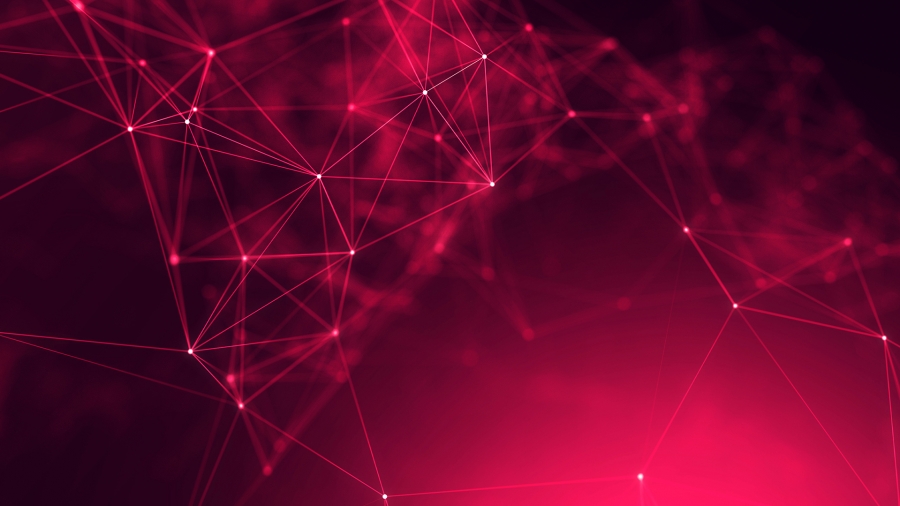Both forecasting and regression can be used to predict quantities in a future transaction and can be applied to different scenarios. We will use sales forecasting as the example to discuss the difference between forecasting and regression.
As a general rule, forecasting uses past sales amount to predict future sales amount, and regression uses the attributes of a transaction to predict the number of sales. In a regression prediction task, the attributes for future transactions must be knowable. For example, a dairy producer may have a fixed sales plan for efficient procurement and distribution.
See related case study: Top Dairy Producer Turns To Deep Learning To Predict Daily Sales
Their regular customers (i.e. retailers) are relatively stable, and they put their order in on fixed days. This way, the time the order is in, the product price, planned promotion. If your prediction involves prior knowledge on future events, such as product price change, then regression is ideal. If a future setting could not be known like, the weather on a certain day, then forecasting would be better (which is why we call it a weather forecast).
Another key difference is time. Regression can use time and even history to make a prediction, but they are not key or mandatory components. A regression task will not try to order your data from past to future. Forecasting requires time and history as key components because it orders your data from past to future to make its prediction.
In summary:
- Regression predicts the value of a number in a hypothetical future event.
- Forecasting uses a compiled timeline of data moments (like transaction history) to then tell you how it will continue into the future along those trends.


